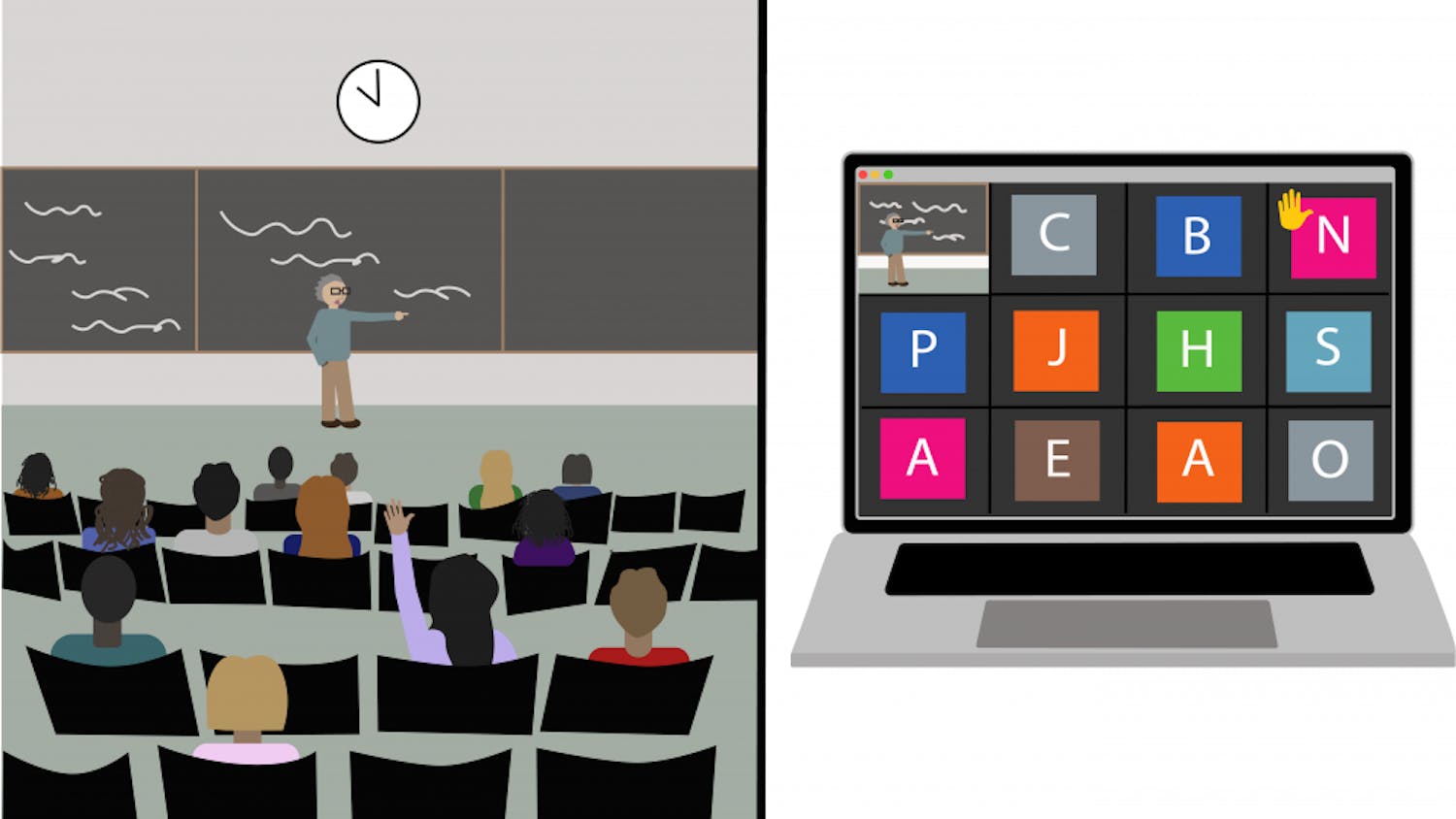The Princeton University faculty passed a plan on Monday to curb grade inflation, in the most concrete attempt yet to tackle the problem in the Ivy League.
The plan sets guidelines for the number of A's to be awarded in any department - 35 percent in undergraduate classes and 55 percent for independent work. This would return grades to the levels of the 1980s and 1990s, according to supporters of the plan.
Princeton's concern is that inflated grades diminish the significance of an A and that the compression of grades makes it harder to distinguish between exceptional and mediocre A-level work, according to a memo issued to faculty earlier this month.
The proposal for the grade plan was initiated a year ago in response to skyrocketing grades at Princeton. Concerns about grade inflation had been expressed officially as early as 1998.
A study of last year's grades showed that among undergraduate students, the number of A's awarded across disciplines ranged from 60 to 78 percent.
The memo noted of all the options presented, limiting A's was the simplest, most direct way to curb grade inflation. It explained that the goal of the plan is that "other grades will fall into line in appropriate relationship to those A's."
In response to concerns that grades will simply be compressed into the B range, the plan encourages the faculty to use C, D and F grades when appropriate.
Princeton might have found its own solution, but "grade inflation is a problem everywhere," according to Associate Professor of Philosophy Bernard Reginster, who chaired a committee that issued a report on grade inflation at Brown last year.
At Brown, the number of A's given in classes ranged from 43 to 46 percent last year, according to statistics compiled by the Office of Institutional Research.
The comparatively lower number of A's awarded, however, doesn't mean Brown is free from issues of grade inflation. Between the 1993-1994 and 2002-2003 school years, the percentage of A's awarded on average across all disciplines increased from 39.1 to 45.6 percent. This increase was especially pronounced in the life sciences, where the number of A's rose from 33.4 to 44.4 percent between 1994 and 2003.
During the 2002-2003 school year, B's accounted for 24.4 percent of grades overall and C's for only 4.6 percent. Students who chose the S/NC option and passed accounted for 22.1 percent of grades.
Reginster said it is also necessary to remember that Brown's grading system is different from the one in place at Princeton and many other universities.
Princeton's new guidelines will take effect this fall, although the plan calls for a three-year period adjustment period.




